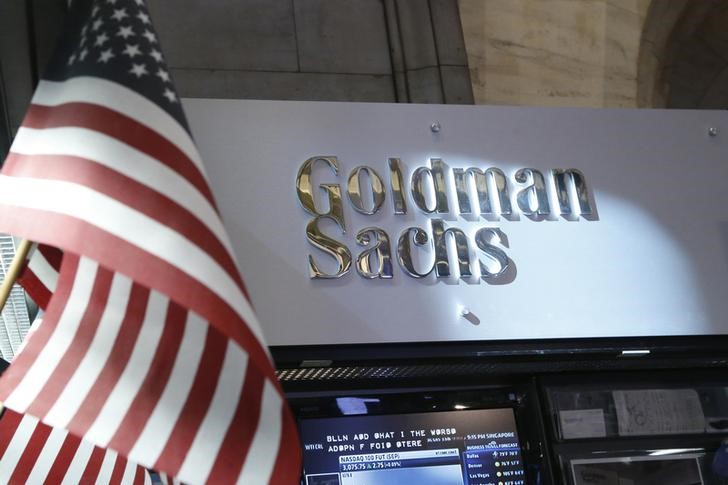(Bloomberg) -- Goldman Sachs Group Inc (NYSE:GS)., Morgan Stanley (NYSE:MS) and several foreign lenders operating in the U.S. will face the stiffest capital demands under the Federal Reserve’s first set of big-bank requirements to incorporate the regulator’s new stress buffer.
The capital levels, determined by the Fed’s most recent stress-test process, give Goldman Sachs the highest target among domestic banks, with an overall capital minimum at 13.7% of risk-weighted assets, the agency said in a statement Monday. Morgan Stanley’s target is 13.4% and JPMorgan Chase (NYSE:JPM) & Co., the largest U.S. bank by assets, will have to maintain 11.3% under the standards taking effect Oct. 1.
Among foreign-based lenders, Deutsche Bank AG (NYSE:DB) is highest at 12.3%, with Credit Suisse (SIX:CSGN) Group AG at 11.4% and UBS Group AG (SIX:UBSG) at 11.2%.
The Fed in its statement also affirmed stress-test results for five banks that requested reconsideration: Goldman Sachs, BMO Financial Corp., Capital One Financial Corp (NYSE:COF)., Citizens Financial (NYSE:CFG) Group Inc. and Regions Financial Corp (NYSE:RF).
The new capital buffer is applied individually at each firm to simplify the process by incorporating annual stress-test performance into the industry’s day-to-day demands.
Each overall target number -- such as Citigroup Inc (NYSE:C).’s 10% -- is made up of a base capital level that’s the same for every bank: 4.5%. The Fed then adds the stress buffer, which is based on the agency’s annual tests of banks’ ability to weather adverse economic conditions. For Citigroup, that was 2.5%. And the last number is a surcharge based on a bank’s size, complexity and interconnectedness. For Citigroup, that adds another 3%.
Other totals among the largest U.S. lenders included: Bank of America Corp (NYSE:BAC)., 9.5%; Wells Fargo (NYSE:WFC), 9%; Bank of New York Mellon (NYSE:BK) Corp, 8.5%; and State Street Corp (NYSE:STT)., 8%.
Goldman Sachs and Morgan Stanley have particularly high stress buffers because of the nature of the Fed’s exams, which put extra pressure on banks that rely heavily on capital markets.
Pat Scanlan, a spokesman for Goldman Sachs, said the Wall Street firm publicly stated that it had questions about the Fed’s stress capital buffer determination and had engaged with the regulator on the topic.
“We look forward to further discussions with the Federal Reserve as they continue their review of their stress-testing methodology,” Scanlan said.
This was an unusual year for stress testing because the banks’ balance sheets and stress scenarios were determined before the pandemic-sparked economic meltdown, which caused more severe damage than the Fed had envisioned in its hypothetical scenarios. That prompted the Fed to curtail stock buybacks and cap dividends while adjusting its testing to informally consider how banks were weathering the ongoing crisis. Results weren’t released for specific lenders, but the overall picture showed some banks struggling to maintain capital minimums.
The Fed noted that the banks are encouraged to deploy their capital cushions -- the stress buffer and the surcharge -- during tough periods. The Fed and other bank regulators have repeatedly pushed the industry to use the capital buffers to lend during the economic turmoil driven by the Covid-19 pandemic.
(Updates with Goldman Sachs, Morgan Stanley stress test performance in eighth paragraph)
©2020 Bloomberg L.P.
